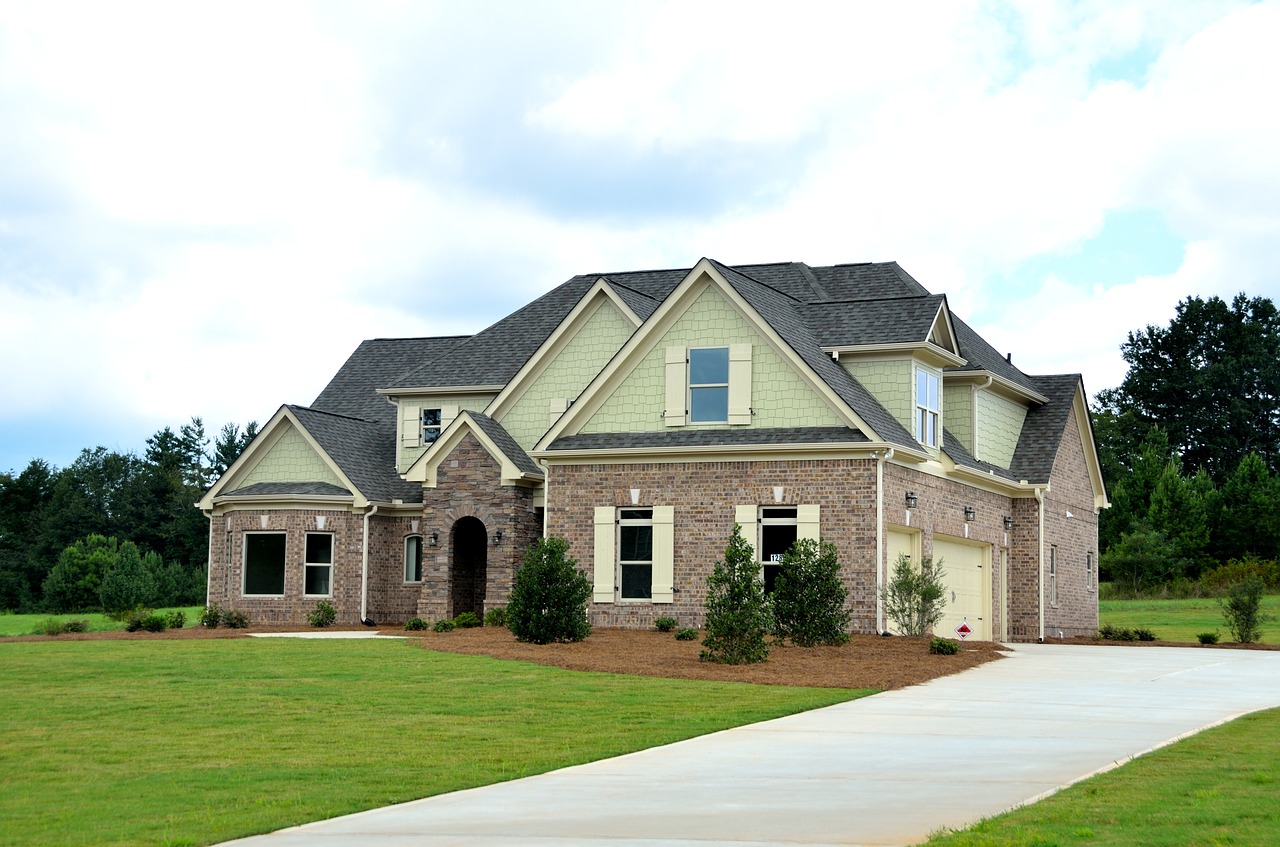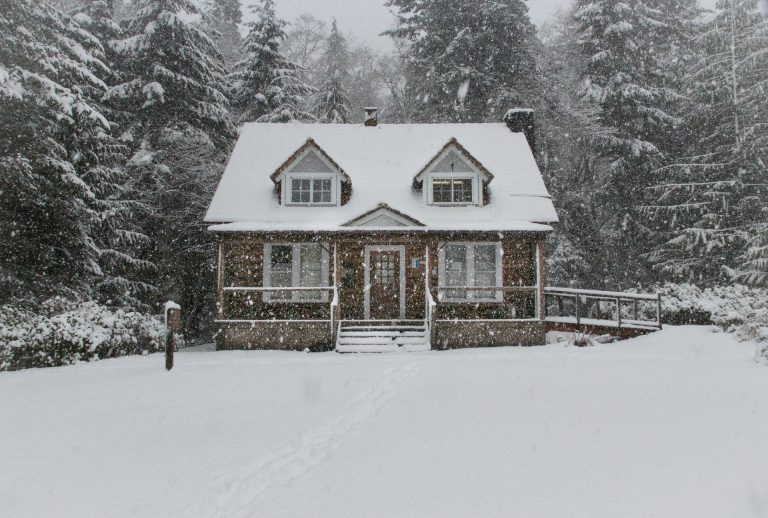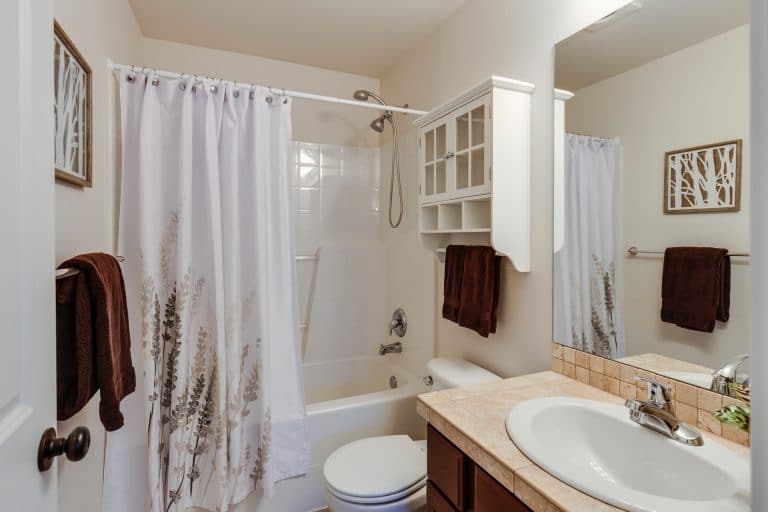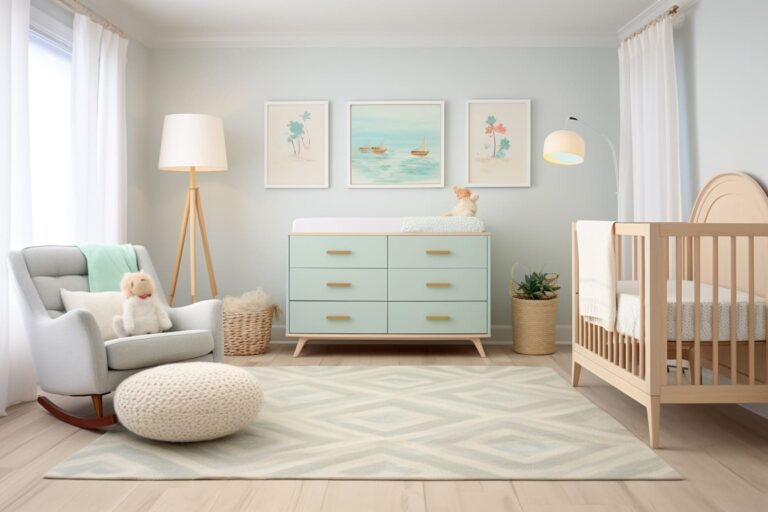Garden rooms are one of the best ways to achieve more space that you can use on your property. Maybe you would like to build a new home office, a place to nurture your passion for music or art, or even a space for the kids to play, garden rooms are the best option for all these things. But you may be wondering about how much it is going to cost, and will you require planning permission or anything else that you might need to take into consideration.
In This Article
What Exactly Is A Garden Room?
A garden room is one of the most cost-effective and fast methods to maximize the space on your property. Today there are many options to choose from, ensuring that you will find the perfect garden room that matches up to your wants and needs, take a look at www.quick-garden.co.uk/garden-rooms/.
The idea behind adding a new building or dwelling onto existing land might not be a new concept, but it is worthwhile knowing where the lines between an annex and a garden room exist. This is because these builds have entirely different rules and regulations attached.
Will You Need Planning Permission For Your Garden Room?
When it comes to planning purposes, garden rooms are usually classified as outbuildings. An outbuilding doesn’t require planning permission since they fall under the “permitted development rights”, provided the building falls into this parameter set:
- A single-story room that has a maximum eave height of 2.5 meters and the overall height does not exceed 4 meters with either 3 meters for most types of roofs or a dual-pitched roof.
- It is not erected on the land that is forward of the wall that forms the “principal elevation”
- The maximum height does not exceed 2.5 meters for a container, enclosure, or building with 2 meters of the boundary of your curtilage from your dwelling house.
- Has no raised balconies, platforms, or verandas (the platform cannot exceed 0.3 meters in height).
- Exceed no more than 50% of the land that surrounds your “original house”* that would cover any other buildings or additions.
*The term “original house” means the house that was built first or as the home stood on 1 July 1948 (if it was erected before that date). Even though you might not have added on extensions to the home, the owner before you might have.
However, not every property will qualify for “permitted development rights”. Here is a list of homes that are exempt and these will require planning permission:
- Maisonettes
- Flats
- Listed buildings
- Certain new builds
- Converted homes
- Houses in a conservation area*
*When a home is built on a National Park, Areas of Outstanding Natural Beauty, World Heritage Sites, and the Boards, you may still qualify for “permitted development rights”. Yet this will usually be lowered to 50% of the normal allowances to around 10 square meters.
It is also important to carefully consider what you plan to use the garden room for. In essence, you will find it easier if this space is dedicated to something different from the things that you do in your home. For example, you increase your chances of classifying the structure as an outbuilding when you plan to use the space as a yoga studio, home office, or workshop, rather than a room that resembles another bedroom. For this reason, if you would like having to avoid having to apply for planning permission, the building should not include toilet or sleeping arrangements. Otherwise, it may look like an annex which will mean you will be subjected to a comprehensive planning application.
If the garden room qualifies for permitted development, you will still need to make an application for what is known as a “lawful Development certificate“. This document proves to future buyers and the local authority that the project was completely legal when it was constructed. This certificate is important, especially when it comes to garden rooms since a blurred or confusing line between an annex and outbuilding will mean that you need to make certain that the council approves.
Whether you have to use planning permission or permitted development, it is always worthwhile hiring an architect to improve your chances of success. Experienced and professional architects will prepare the design so that it matches up with your ideal planning options. They are also able to deal with your lawful development certificate or planning application.
Building Regulations
Building regulations usually depend on the size of the garden room along with its placement.
Here are some of the basic rules:
- If the structure is under 15 square meters then building regulations won’t apply.
- At the same time, if your available space is 15 to 30 square meters and your garden room is 1 meter or more away from the boundary, or when it is made from non-combustible materials, building regulations will not apply.
However, if you plan to include sleeping accommodation in the garden room, then the above-mentioned exemptions will not apply.
If the building regulations fail to apply to your structure, you will either need a structural engineer or architect to help you prepare a “building regulations” package so that you can obtain approval from an approved, private inspector or the building control in your local area.
Even if the area is exempt, it is still a good idea to contact an architect to give you the right information on any building regulation matter. This has to do with garden rooms that actually don’t follow any stringent guidelines. They are classified as outbuildings, yet outbuildings could also fall under sheds, greenhouses, or garages. With these structures, the rules and regulations are a lot clearer. When it comes to garden rooms the designs are very diverse which makes it harder to apply fast and hard rules when you are not exactly sure about your design intentions.
How Much Does A Garden Room Cost?
It costs an average of $50,000 and can take anywhere from six months to a year. A Garden Room costs can vary depending on the garden room, the materials used and how many people are working on it. Garden rooms cost depending on these factors.
- Garden bench
- Garden sofa
- Garden table
- Garden chair
- Plant shelves (plant wall)
How Long Will A Garden Room Take To Construct?
The construction length mainly depends on if you have chosen one of the modular packages or custom designs.
A modular garden room is primarily constructed off-site. Once built it is then set up or erected on the property. This type of on-site work usually takes 2 to 3 days, which means the experience results in very little disturbance. When it comes to customized structures, the options are limited, and the cheaper versions may not provide long-lasting quality or results.
If you have chosen to design the space and choose professionals for the construction, this typically takes between 4 to 6 weeks, which will depend on the complexity and scale of the garden room. Shed-like small rooms are usually completed within 1 to 2 weeks.
Design Ideas
Garden rooms happen to be a versatile and useful addition for just about any home. These structures allow you to customize your private space so that it matches up to your needs. Whether you are a student, yogi, crafter, or bookworm, here are a few ideas on what you can achieve with your own garden room:
- A home spa
- A fitness or yoga studio
- A bar
- A home office
- A retro or video games room
- A playroom
- Craft room
- A guest or Airbnb room
- Personal library
- Memorabilia room










![Home Renovation Guide [2025]](/app/uploads/2021/04/design-hacks-1-378x300.jpg)
